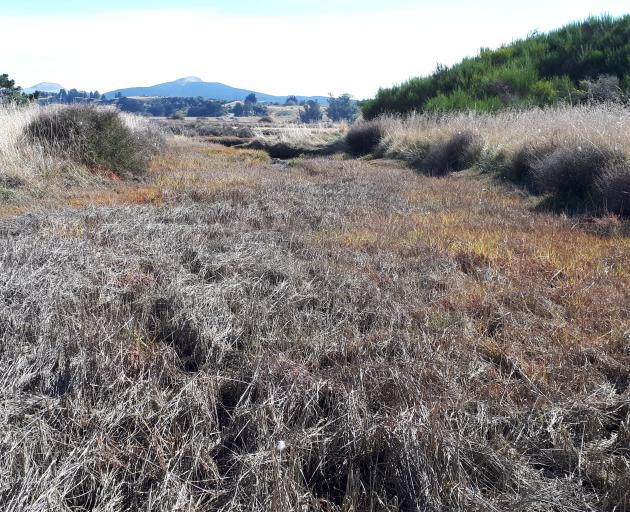
It was thanks to innovative thinking and five years of hard work, an Otago Regional Council spokesman said.
Spartina, a grassy plant which grows in shallow saltwater, was listed as a pest plant on the ORC’s Regional Pest Management Plan.
The plant could cause a build-up of sediment in estuaries which would increase the risk of flooding and change the habitat for flora and fauna, including wading bird species.
While pest plants were traditionally controlled through hand-pulling plants or weed spraying, due to spartina being found in estuaries, weed spraying could become an issue for water quality.
Kirk Robertson, one of ORC’s biosecurity officers, began using a special mix of Haloxyfop and surfactants to get results for both water quality and biosecurity.
Haloxyfop was one of the few herbicides permitted to be used over water, and mixing it with surfactants helped the herbicide penetrate the plant faster by sticking to the plant, so it was able to absorb before the tide came in.


"This mix has worked really well on the weed and combined with our yearly control schedule, we have been able to get infestations in many areas down to just a few isolated plants,” Mr Robertson said.
The Department of Conservation, which originally experimented with the spray mix and shared it with ORC, were looking after spartina in the Merton arm of the Karitane estuary.
Infestations of spartina were known to be in Pleasant River estuary, Karitane estuary, the Lower Taieri Gorge and Catlins Lake.
While the ORC took care of spartina control in Otago, under the pest plan rules, anyone who received a written notice from its biosecurity officers was responsible for getting rid of the spartina on their private land.














